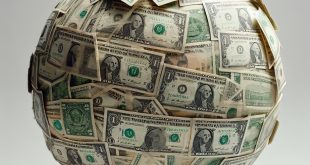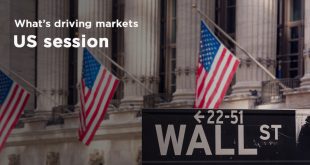Pharma’s Rough Ride: Why Are US Lawmakers Still Buying In?
Pharmaceutical stocks are having a turbulent 2025, taking a beating from President Donald Trump’s aggressive economic policies. Threats of tariffs and demands for steep price cuts have rocked the industry. Yet, financial disclosures reveal that U.S. lawmakers have poured up to $2.9 million into drug company stocks during the first six months of the Trump administration. This surge in congressional investment signals a surprising confidence in the sector’s resilience, raising questions about lawmakers’ economic outlook and how their financial stakes align with public policy.
A Volatile Market for Drugmakers
The S&P 500 pharmaceutical index has struggled significantly, dropping over 5% in 2025 and a striking 14% over the past year. This performance lags far behind the broader S&P 500, which gained 2% and 10% in the same periods. Trump’s “most favored nation” executive order, signed in May 2025, aims to slash U.S. drug prices by 30-80%, aligning them with the lowest in wealthy nations.
Beyond pricing, Health Secretary Robert F. Kennedy Jr.’s moves, such as dismissing the CDC’s vaccine advisory panel and withdrawing certain Covid vaccine recommendations, have further rattled market confidence. An ongoing Commerce Department investigation into pharmaceutical imports, launched in April 2025, explores national security risks, with potential tariffs ranging from $14.39 billion to $52.75 billion annually. These policy actions have fueled significant market volatility. Despite this, major drugmakers like Eli Lilly, Johnson & Johnson, and Novartis have collectively announced nearly $200 billion in U.S. investments, largely to preempt these tariff threats.
Congressional Bets on Pharma’s Future
Despite the industry’s economic challenges, congressional financial disclosures paint a picture of robust investment in pharmaceutical stocks. Republicans led the charge with up to $1.8 million in purchases, while Democrats generally leaned towards selling. For instance, Representative Marjorie Taylor Greene (R-Georgia) reported 12 purchases since January 2025, including Merck and Johnson & Johnson stocks, each valued between $1,001 and $15,000. Representative Jefferson Shreve (R-Ind.) disclosed 12 transactions, including a substantial $50,001-$100,000 stake in AbbVie. On the Democratic side, Representative Ro Khanna (D-Calif.) was active with at least 70 transactions, making multiple purchases in companies like Johnson & Johnson, AbbVie, Merck, and Pfizer.
These trades, often managed by external advisors, adhere to the STOCK Act of 2012, requiring disclosure within 30 days. Interestingly, 20% of these purchases occurred after Trump’s April 2 Liberation Day tariffs, which exempted pharmaceuticals but triggered a broader market sell-off. This timing suggests that lawmakers may have viewed the downturn as a strategic buying opportunity.
Economic Incentives Amidst Policy Goals
A complex dynamic emerges as some lawmakers, while investing heavily in pharmaceutical companies, also advocate for policies aimed at lowering drug prices. Representative Ro Khanna, for example, introduced legislation to codify Trump’s pricing executive order, aligning with his broader push for affordable healthcare. Similarly, Representatives Gil Cisneros (D-Calif.) and Josh Gottheimer (D-N.J.), both reporting numerous pharma stock transactions, have also championed reduced healthcare costs.
This duality highlights a key economic tension: lawmakers are investing in an industry they simultaneously seek to reform. Policies that stabilize or boost drugmakers’ profitability, such as the executive order’s focus on bypassing middlemen like pharmacy benefit managers, could indirectly bolster the value of these congressional investments.
Resilience or Risk?
The significant congressional investments imply a strong belief that pharmaceutical stocks can weather Trump’s impactful policies. The sector’s inherent defensive nature, coupled with major U.S. manufacturing commitments—like Roche’s $50 billion investment—could indeed mitigate tariff risks and support long-term growth. However, potential legal challenges to the executive order and the intricate process of reshoring supply chains could delay or dilute its anticipated economic effects. Lawmakers’ trades represent a calculated economic bet on the industry’s ability to adapt and thrive. Ultimately, these financial decisions underscore the delicate balance between personal investment strategies and the broader economic policies that affect millions of Americans.
 Noor Trends News, Technical Analysis, Educational Tools and Recommendations
Noor Trends News, Technical Analysis, Educational Tools and Recommendations





